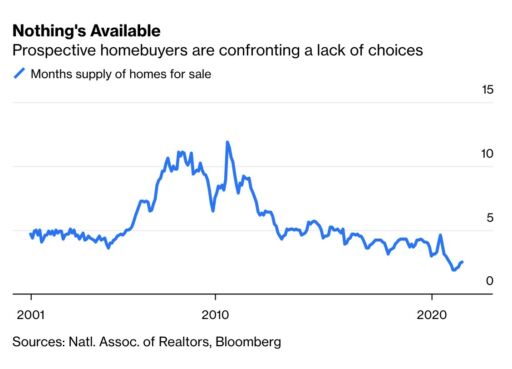The University of Michigan sentiment index has been a key indicator for the US housing market and while in the midst of current record highs, “the fundamentals of the housing market are just too strong to suggest a sharp reversal that imperils the economy.” We believe the US is a strong predictor of the European trends, as they have been ahead of the vaccination and post-pandemic reopening curve, paired with a generation of millennial buyers entering the market. The graph of OECD economic growth, shows that same pattern across the top tier economic counties — a trend that extends to real estate.
The Financial Times has recently highlighted how this phenomenon is global. While some of the sharpest rises have been in the US, “even in Japan and Italy, where aging populations limit demand, price growth has accelerated. With ultra loose monetary policy holding down borrowing costs, house price inflation now stands in double digits in many developed economies, from Sweden to South Korea, Canada to the Netherlands and New Zealand.”
In the US, the monthly cost of financing a home is nearly the same today as it was in 1982 despite home prices almost tripling. (While the math is hard to believe: in 1982, the average price of a home in the United States was $118,000. After a 20% down payment, the monthly payment on a 30-year, $95,040 mortgage with an interest rate of 14% was $1,126. An average price of a home is $350,300 today, and with the monthly payment on a 30-year, $280,240 mortgage, with 20% down and an interest rate of 3% the monthly payment is $1,182, despite four decades of increases and inflation.)
Bloomberg writes that “Describing the performance of the real estate market as “hot” would be an understatement. The National Association of Realtors said this week that the median price of an existing home reached a record $350,300 in May, up 23.6% from a year earlier. The reasons behind the gains are well known. Historically low interest rates, a dearth of supply and trillions of dollars in fiscal and monetary stimulus to support the economy through the pandemic have proved to be powerful tailwinds for housing. But this week Bloomberg Real Estate Outlook brought some evidence that those winds may no longer be having a positive effect, and that’s not such a bad thing.
The part of the widely followed University of Michigan sentiment index released Friday asking whether it’s a good time to buy a home plummeted in June to a reading of 74, the lowest since October 1982. At that time, the average rate on a 30-year mortgage was around 14%, not the 3% prevalent today.
The way to think about this is not like a bubble that is about to burst but more like a cooling off period as consumers get over the “sticker shock” of much higher housing prices. The fundamentals of the housing market are just too strong to suggest a sharp reversal that imperils the economy.
So don’t be surprised if the coming months show a marked slowdown in housing. It won’t be cause for concern but more like a pause that refreshes.”



